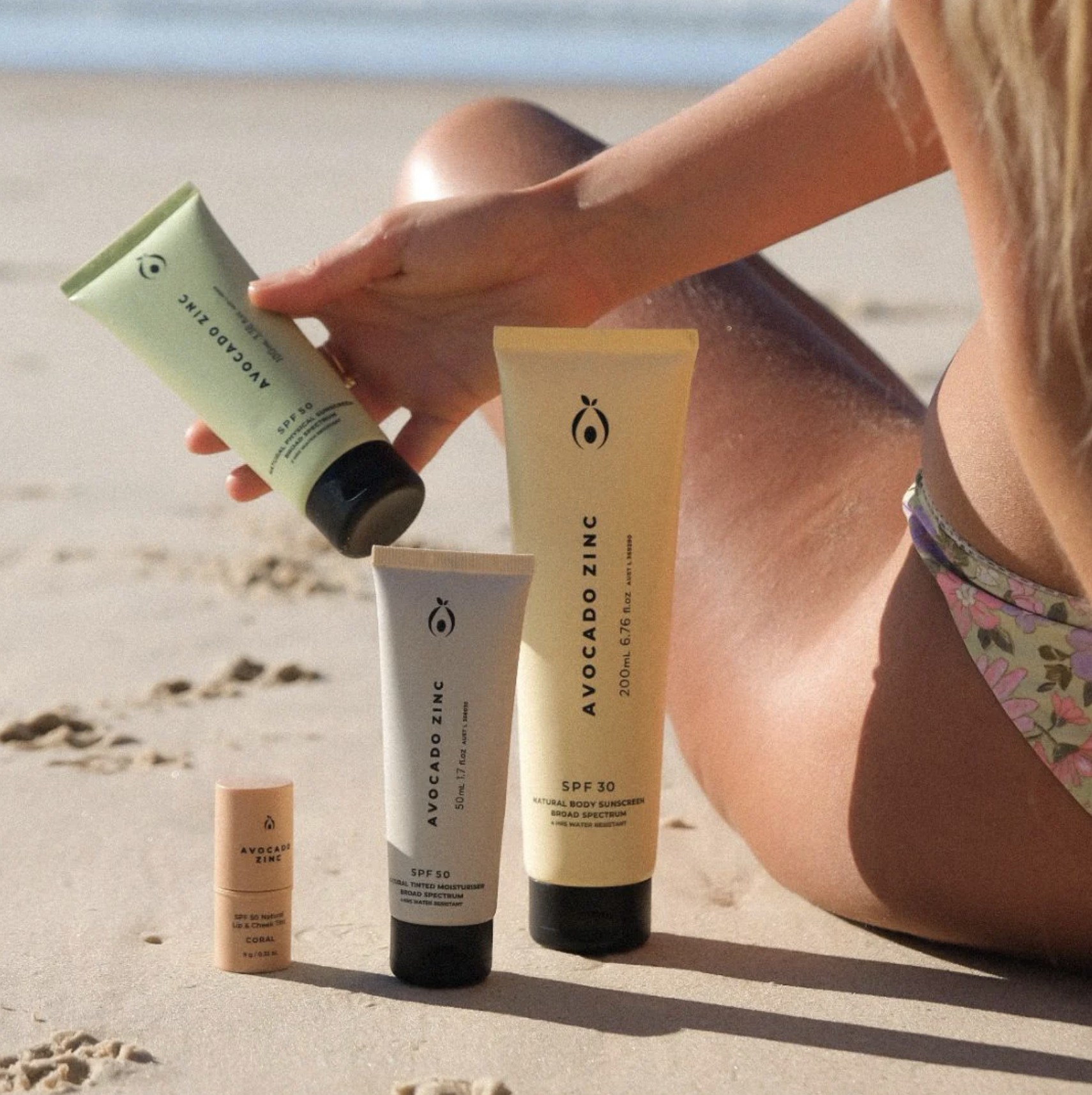SPF - Chemical vs Physical: Is your sunscreen causing your skin problems?
As we diligently protect our skin from the sun’s harmful rays, we must be aware of potential allergens in our sunscreen bottles. Choosing the right product for your skin can help avoid unwanted reactions to sunscreen.
Reactions to sunscreen are complex and can range from mild to severe. Although severe reactions are rare, they are unpleasant to those who experience them as a result of a sensitivity to any of the many ingredients used in SPFs. Common symptoms of sunscreen allergy include:
Skin inflammation
Eczema
Dermatitis
Hives or welts
Blisters
Swelling and itching in the applied area
Skin pain
Uneven skin texture
The most common form of sunscreen on our shelves is chemical sunscreen. The active ingredients in chemical sunscreen work by absorbing UV rays and transforming them into heat before releasing them from the skin. This reaction can cause skin symptoms when sitting in the sun that progressively worsen with prolonged UV and sun exposure. Unfortunately, the active ingredients used in UV blocking can often be the cause of irritation (in addition to fragrances and preservatives).
Ingredients in sunscreen to look out for:
Chemical SPF:
Oxybenzone
Avobenzone
Octisalate
Fragrances, emulsifiers and preservatives:
Fragrances (Parfum and essential oils)
Preservatives (Phenoxyethanol)
Silicones (Dimethicone)
Emulsifiers (PEG)
So, how can you avoid sunscreen allergies?
As sunscreens contain multiple active ingredients, it is difficult to determine which product component will/has caused a reaction. But you can take a few easy steps to help prevent potential harm:
Switch to Physical (Mineral) Sunscreen - Mineral sunscreens contain zinc oxide, which acts as a physical barrier, reflecting and scattering UV rays. They do not absorb into the skin and are non-irritating. Mineral sunscreens are often considered hypoallergenic and include the bonus of being reef-safe and environmentally friendly. Click here to explore our range of Physical Sunscreens.
Perform a usage test before applying sunscreen all over - apply a small amount of product on the inside of the forearm for a few days to check if the skin reacts before using it to the rest of the body.
*While the usage test may show whether the skin is sensitive to an ingredient in the sunscreen, it may not always indicate an allergy, as this may occur after repeated product use and prolonged exposure to UV environments.
Consult a professional - seek advice from a corneotherapist who can properly evaluate your skin and provide detailed education on the types of ingredients suited to your skin. Click here to book a Corneotherapy Consultation with Krystyna.




